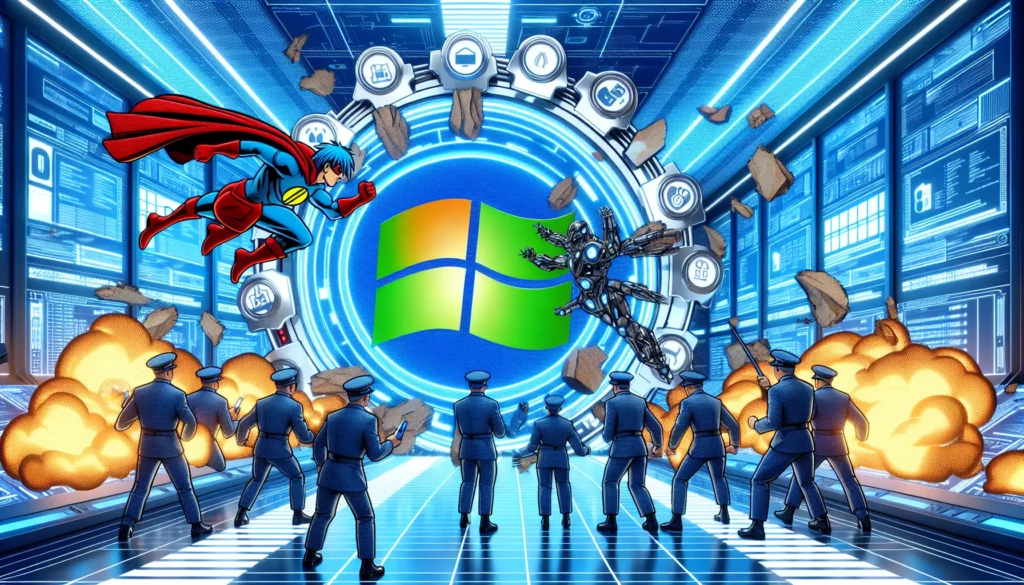Microsoft Eliminates Legacy Drivers from Windows Update to Enhance Security Measures
Microsoft has announced a strategic initiative to periodically remove legacy drivers from the Windows Update catalog as part of an effort to enhance security and improve system compatibility. This decision underscores the company’s commitment to maintaining a secure and reliable Windows environment for all users.
The primary objective of this initiative is to improve the quality of drivers available on Windows Update, ensuring a streamlined selection that effectively supports a diverse array of hardware within the Windows ecosystem. By regularly expiring outdated drivers and removing their associations, Microsoft aims to eliminate potential vulnerabilities that may arise from the continued presence of legacy drivers.
The initial phase of this initiative will focus on drivers that have been superseded by newer versions already available in Windows Update. The clean-up process will involve deactivating these legacy drivers, making them unavailable for installation on any Windows systems. This will be implemented by removing their audience assignments in the Hardware Development Center.
Following the initial phase, Microsoft plans to expand this clean-up effort to include additional categories of drivers to further bolster security measures. However, it should be noted that partners will retain the ability to republish previously removed drivers if they can substantiate a valid business rationale for their inclusion.
This proactive approach taken by Microsoft to eliminate legacy drivers from Windows Update is designed to protect user security while simultaneously enhancing the overall quality of drivers. Moving forward, users can expect this clean-up process to become a routine aspect of Windows management, accompanied by the introduction of new publishing guidelines aimed at ensuring a secure and dependable system for all users.
Additionally, in May, Microsoft communicated changes to pre-production driver signing due to upcoming expirations of certificates issued by certificate authorities, as well as updates regarding the retirement of Windows Metadata and Internet Services (WMIS) along with associated device metadata.
The company also recently unveiled new security defaults for Windows 365 Cloud PCs and introduced updated security protocols for Microsoft 365 tenants, aimed at blocking access to services via outdated authentication methods. This continuous focus on security demonstrates Microsoft’s dedication to protecting users and maintaining the integrity of the Windows platform.








